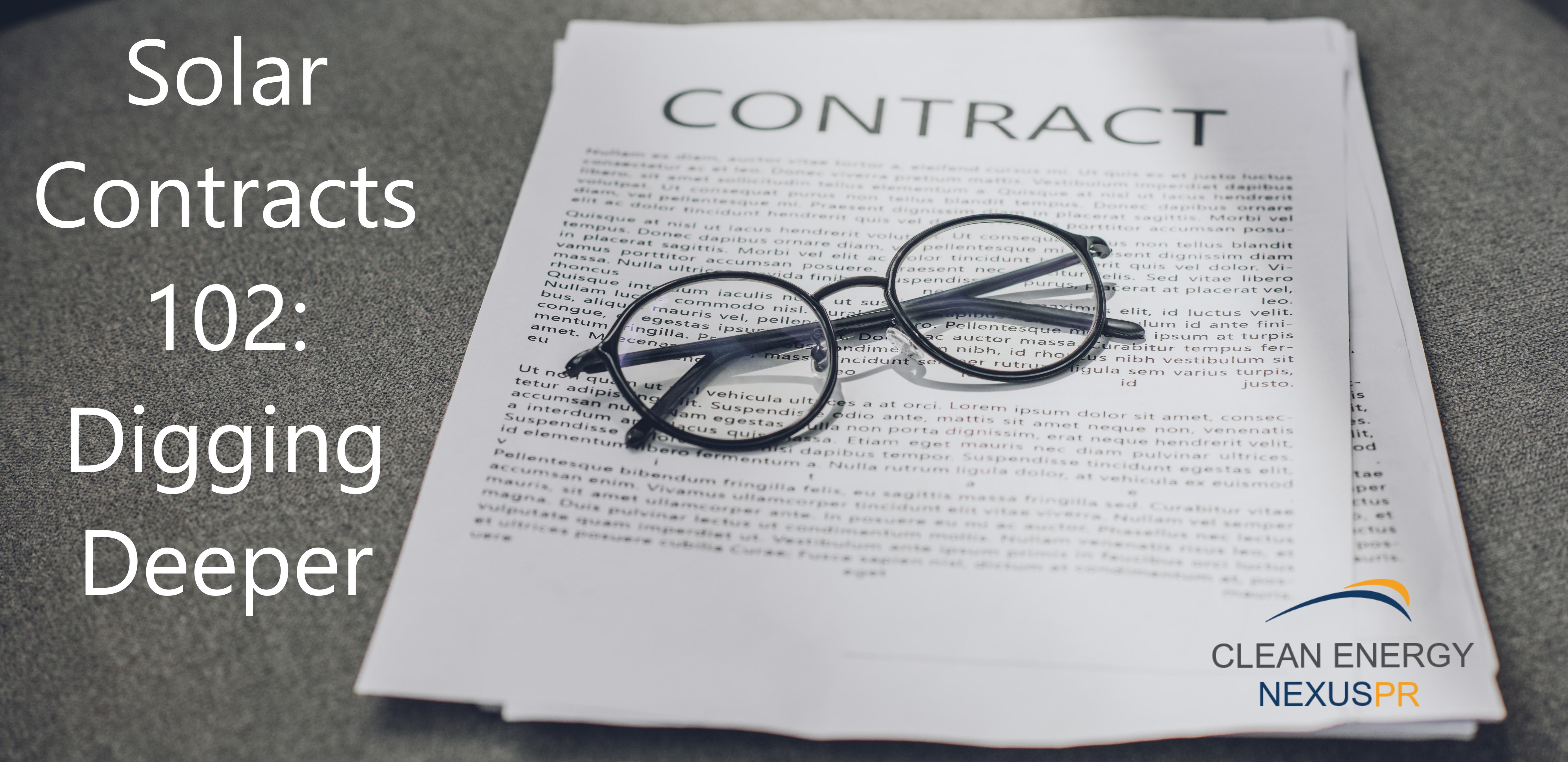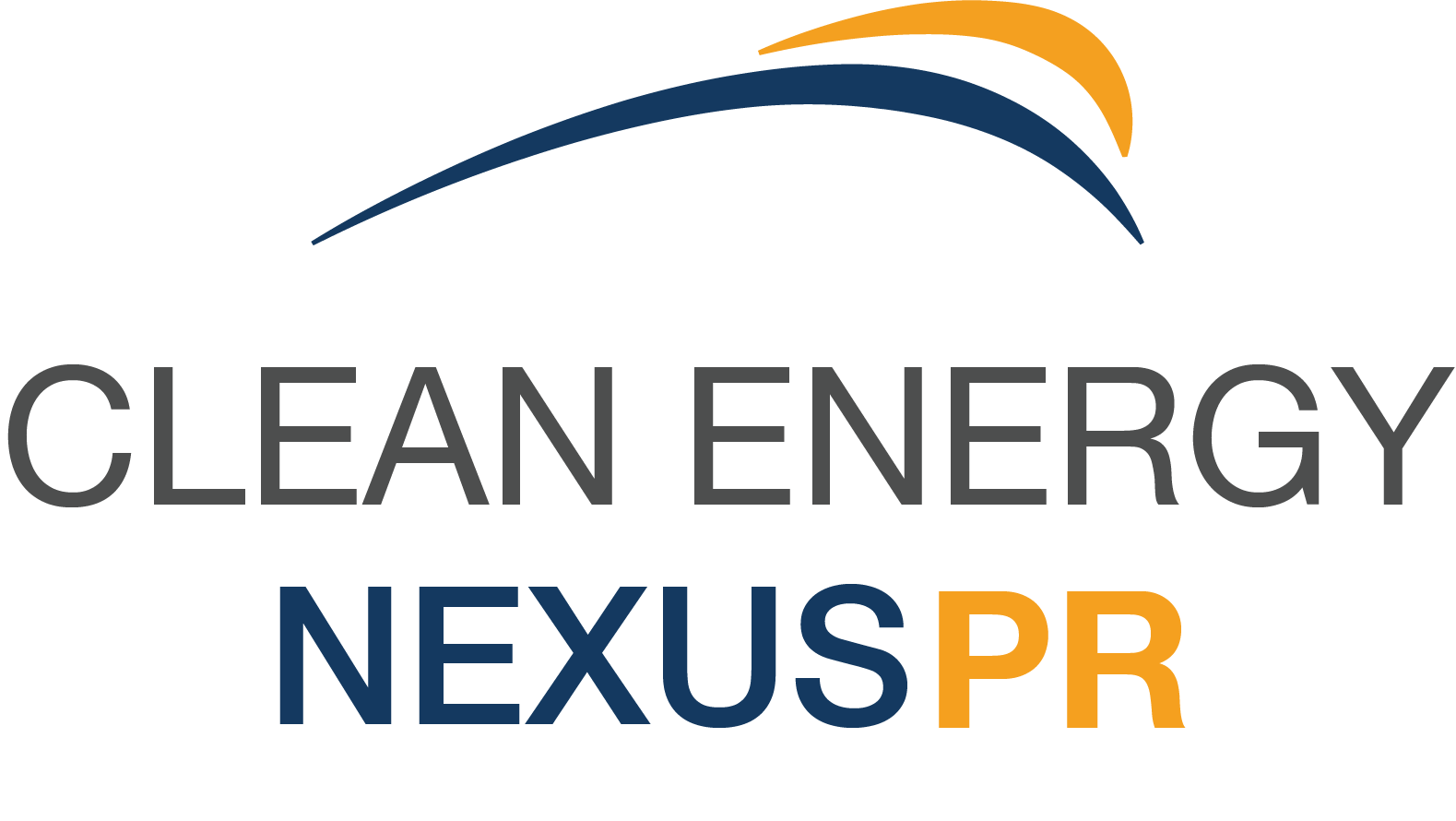If you've ever bought a house or leased property, you'll likely remember the reams of paperwork that went into that transaction.
Brokering a solar deal is similar.
A number of contracts are a part of the transaction, many of them similar to real estate documents.
We've put together a basic guide to help each person involved in the process understand what solar contracts to expect, what to look out for in those contracts, and how to interpret what they're reading so that everyone gets the most out of the transaction and experience.

Broken down by category for clarity, here are the main contracts included in a solar transaction.
Real Estate
The lease is one of the major contracts signed and is between the property owner (landlord) and the tenant(s).
The owner of the solar system is a tenant of the property, similar to a renter in a rental home. Instead of leasing the whole home, the solar system owner rents the roof or the land the solar system is installed upon.
Make sure any other parties that may have a claim on the property know about the solar lease, including any other tenants or lien holders, like the bank that holds the mortgage on the property.
Run a title search to make sure all lien holders are transparent to all parties.
Other solar contracts that fall under the real estate category include estoppels, SNDAs, MOLs, Manager's Certificates, and Bring Down Certificates.
Estoppels are used in the same fashion as a real estate deal; they verify that the information in the previously signed contracts is the same at the end of the deal as it was at the beginning.
SNDAs (Subordination, Non-Disturbance and Attornment agreement) are signed by all tenants, property owners, and lien holders to grant the respective parties access to the part of the property their interest lies in.
A MOL (Memorandum of Lease) acknowledges a solar system owner's interest in the property and is sometimes filed publicly with the property title after being signed by the property owner and tenant/solar system owner.
Some of these documents need to be notarized, some filed publicly, and some require a number of signatories. As these are legal documents, it's always a good idea to have a lawyer who practices in solar or real estate look at any documents to help explain sections, nuances, or the reason for the document.
Revenue/Service
The Power Purchase Agreement, or PPA, is another of the major contracts in a solar transaction.
The PPA sets the terms for the purchase of power by the offtaker, or power consumer, for the life of the contract. Contracts can be anywhere from 10 to 25 years, most on the longer side of that range.
The rate often includes an escalator, or a small percentage increase that bumps up the rate the offtaker is paying for electricity every year.
Watch for the things the power purchaser and/or property owner is responsible for to help keep the solar power generation system running, like trimming trees to protect the insolation.
EPC (Construction)
As a client installing solar, you won't see this contract because it's between the solar developer and the EPC, or Engineering, Procurement, and Construction company. However, you should be aware of it because it affects the price you'll pay for the system if you're planning on paying the build outright or purchasing the system at a later date.
Watch for the equipment information on this contract so you're aware how long the manufacturer's warranty is for.
Solar contracts can be basic, complex, multi-layered, and everything in between. We've included links throughout this blog post related to previous blogs, including Solar Contracts 101 and A Beginner's Guide to Solar Terminology that are great starting points for learning more about solar contracts.
Picture credited to DepositPhotos.com
